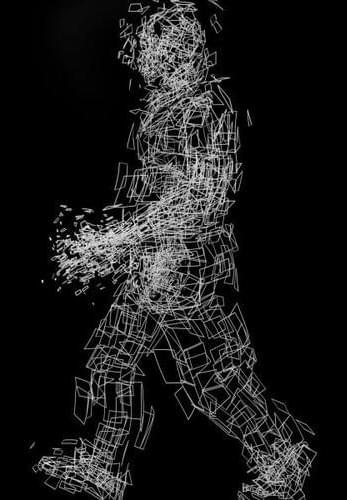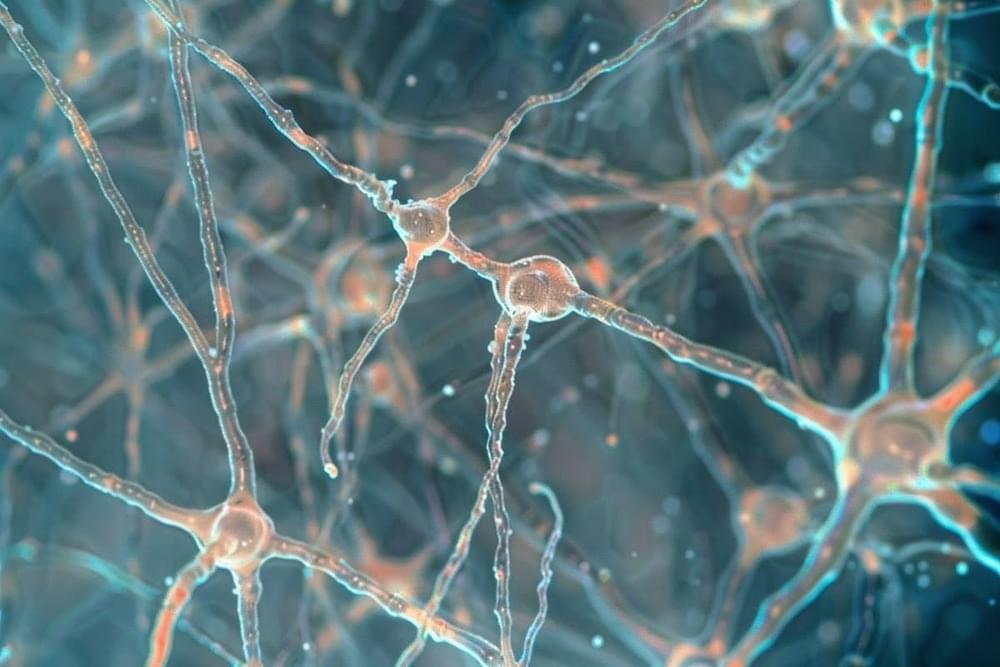Page 1033
Feb 27, 2024
Algorithms are everywhere
Posted by Gemechu Taye in categories: education, energy, information science, internet
Chayka argues that cultivating our own personal taste is important, not because one form of culture is demonstrably better than another, but because that slow and deliberate process is part of how we develop our own identity and sense of self. Take that away, and you really do become the person the algorithm thinks you are.
As Chayka points out in Filterworld, algorithms “can feel like a force that only began to exist … in the era of social networks” when in fact they have “a history and legacy that has slowly formed over centuries, long before the Internet existed.” So how exactly did we arrive at this moment of algorithmic omnipresence? How did these recommendation machines come to dominate and shape nearly every aspect of our online and (increasingly) our offline lives? Even more important, how did we ourselves become the data that fuels them?
These are some of the questions Chris Wiggins and Matthew L. Jones set out to answer in How Data Happened: A History from the Age of Reason to the Age of Algorithms. Wiggins is a professor of applied mathematics and systems biology at Columbia University. He’s also the New York Times’ chief data scientist. Jones is now a professor of history at Princeton. Until recently, they both taught an undergrad course at Columbia, which served as the basis for the book.
Feb 27, 2024
How Wi-Fi sensing became usable tech
Posted by Gemechu Taye in categories: biotech/medical, internet
After a decade of obscurity, the technology is being used to track people’s movements.
Over a decade ago, Neal Patwari lay in a hospital bed, carefully timing his breathing.
Feb 27, 2024
Former Twitter engineers are building Particle, an AI-powered news reader
Posted by Gemechu Taye in categories: business, particle physics, robotics/AI
A team led by former Twitter engineers is rethinking how AI can be used to help people process news and information. Particle.news, which entered into private beta over the weekend, is a new startup offering a personalized, “multi-perspective” news reading experience that not only leverages AI to summarize the news, but also aims to do so in a way that fairly compensates authors and publishers — or so is the claim.
While Particle hasn’t yet shared its business model, it arrives at a time when there’s a growing concern about the impact of AI on a rapidly shrinking news ecosystem. News that is summarized by AI could limit clicks to publishers’ websites, which means their ability to monetize via advertising would also be reduced.
The startup was founded last year by former Senior Director of Product Management at Twitter, Sara Beykpour, who worked on products like Twitter Blue, Twitter Video, and conversations, and who spearheaded the experimental app, twttr. She had been at Twitter from 2015 through 2021, growing her position from software engineering to that of a senior director of product management. Her co-founder is a former senior engineer at both Twitter and Tesla, Marcel Molina.
Feb 27, 2024
Report: Figure AI to Raise $675 Million for Human-Like Robots
Posted by Shailesh Prasad in categories: finance, robotics/AI
Figure AI, a startup developing human-like robots, is reportedly in the process of raising $675 million in funding, with a pre-money valuation of roughly $2 billion.
Among the investors are Jeff Bezos’ Explore Investments, Microsoft, Nvidia and an Amazon-affiliated fund, Bloomberg reported Friday (Feb. 23), citing unnamed sources.
Other backers include Intel ’s venture capital arm, LG Innotek, Samsung ’s investment group, Parkway Venture Capital, Align Ventures, ARK Venture Fund, Aliya Capital Partners, Tamarack, Boscolo Intervest and BOLD Capital Partners, according to the report.
Feb 27, 2024
Scientists Baffled After Finding 4 Gigantic Mountains Lurking Under the Ocean
Posted by Kelvin Dafiaghor in category: futurism
A team of scientists on board an exploration vessel off the coast of South America have made a startling discovery: four previously unknown massive underwater mountains, ranging from 5,200 to 8,800 feet tall. The discovery highlights just how little we know about the oceans covering much of our planet. According to recent estimates, more than 80 percent of the ocean has never been mapped, let alone explored.
“The tallest is over one-and-a-half miles in height, and we didn’t really know it was there,” Schmidt Ocean Institute’s Jyotika Virmani — whose team has been studying “seamounts” from on board the vessel Falkor — told New Scientist.
Using sonar equipment, Virmani and team investigated gravity anomalies while sailing down from Costa Rica to Chile. These anomalies are usually the result of a hard-to-discern mass — in this case, entire mountains sticking out of the ocean floor.
Feb 27, 2024
Building Nerf Gun Blasters from DNA Bricks
Posted by Shubham Ghosh Roy in category: biotech/medical
Researchers ingeniously repurposed DNA to assemble a miniaturized blaster at the molecular level.
Yang Dan aims to elucidate the mechanisms in the mammalian brain that control sleep. Find out more about Dan’s research in this feature.
Feb 27, 2024
White dwarf star has metal scar after gobbling planetary fragment
Posted by Shubham Ghosh Roy in category: cosmology
Astronomers have spotted an unusual sign that a dead star feasted on a fragment of a planet orbiting it: a metal scar on the star’s surface. The revelation sheds light on the dynamic nature of planetary systems even in the end stages of a star’s life cycle — and could foretell the eventual fate of our own solar system, according to the scientists.
Planets form from swirls of gas and dust called a protoplanetary disk that surrounds a newly formed star. But as the star ages and dies, the stellar object can consume the very planets and asteroids it helped create.
Astronomers observed a dead star, known as a white dwarf, located about 63 light-years away from Earth using the European Southern Observatory’s Very Large Telescope in Chile. The observation revealed a metallic feature on the star’s surface that the researchers determined was related to a change detected in the star’s magnetic field. A new study detailing the observation appeared Monday in The Astrophysical Journal Letters.
Feb 27, 2024
Stem Cells Model of Early Human Central Nervous System Created
Posted by Genevieve Klien in categories: biotech/medical, neuroscience
Summary: Researchers have developed the first stem cell culture method that accurately models the early stages of the human central nervous system (CNS), marking a significant breakthrough in neuroscience. This 3D human organoid system simulates the development of the brain and spinal cord, offering new possibilities for studying human brain development and diseases.
By using patient-derived stem cells, the model can potentially lead to personalized treatment strategies for neurological and neuropsychiatric disorders. The innovation opens new doors for understanding the intricacies of the human CNS and its disorders, surpassing the capabilities of previous models.


















